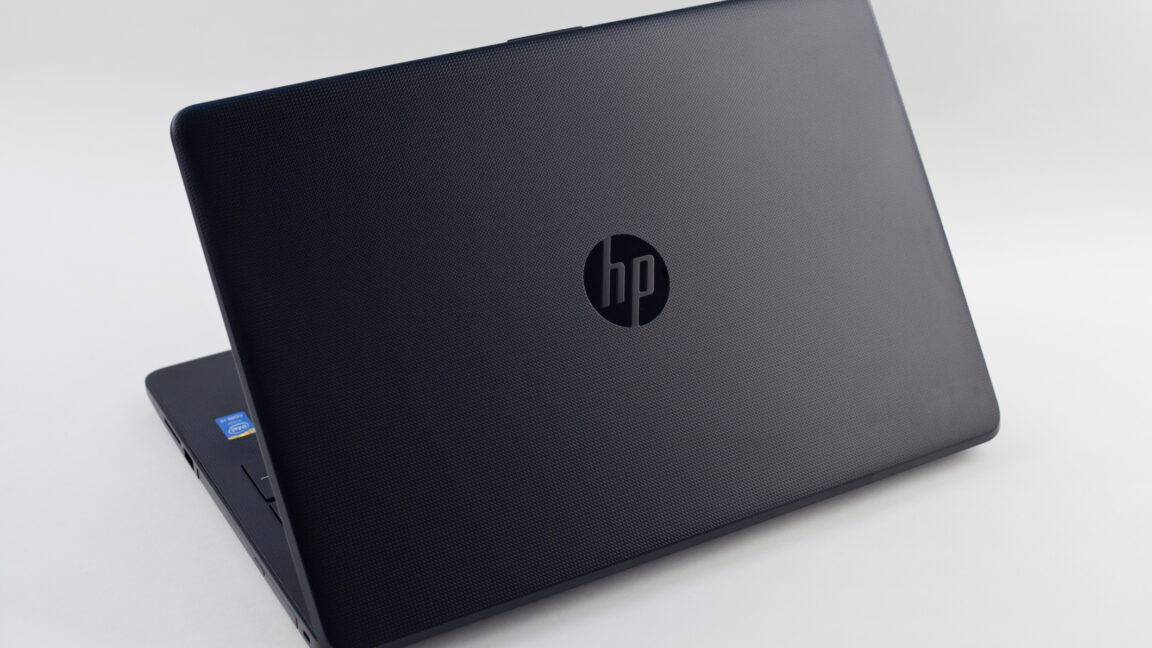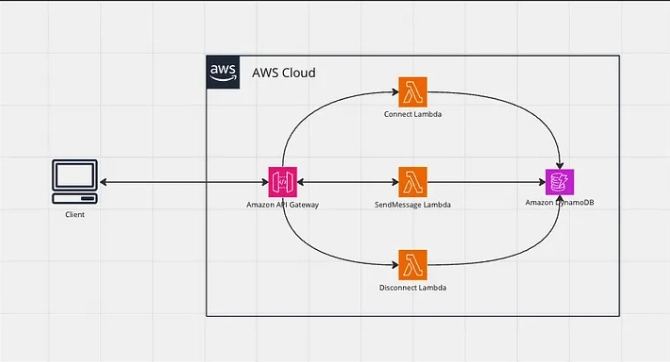Deque
Double Ended Queue 90% of vector operation we can do here . Here we can do 2 to 3 more operation . int n ; cin >> n ; deque dq(n) ; for(int i = 0 ;i > x ; //dq.push_back(x) ; cin >> dq[i] ; } dq.push_front(8) ; dq.push_front(2) ; for(auto value : dq) { cout

Double Ended Queue
90% of vector operation we can do here . Here we can do 2 to 3 more operation .
int n ;
cin >> n ;
deque dq(n) ;
for(int i = 0 ;i <= n ; i++){
//int x ;
//cin >> x ;
//dq.push_back(x) ;
cin >> dq[i] ;
}
dq.push_front(8) ;
dq.push_front(2) ;
for(auto value : dq)
{
cout << value << " " ;
}
cout << '\n' ;
sort(dq.begin(),dq.end()) ;
dq.pop_front() ;
for(auto value: dq)
{
cout << value << " " ;
}
cout << '\n' ;
}
}
Almost like a vector . Right?
In vector we can not insert at front in 0(1) . We can not delete at front in 0(1) .
Also can access the front value .
Last Element :
push_back()
pop_back()
back()->Access ;
First Element:
push_front()
pop_front()
front()
Drawback:
Here extra memory is used . When the dataset is very very big it is not efficient .Because here double pointer is used .












































































































































































![[The AI Show Episode 144]: ChatGPT’s New Memory, Shopify CEO’s Leaked “AI First” Memo, Google Cloud Next Releases, o3 and o4-mini Coming Soon & Llama 4’s Rocky Launch](https://www.marketingaiinstitute.com/hubfs/ep%20144%20cover.png)








































































































































































































![GrandChase tier list of the best characters available [April 2025]](https://media.pocketgamer.com/artwork/na-33057-1637756796/grandchase-ios-android-3rd-anniversary.jpg?#)












































.png?width=1920&height=1920&fit=bounds&quality=70&format=jpg&auto=webp#)

























.webp?#)































































































![Here’s everything new in Android 16 Beta 4 [Gallery]](https://i0.wp.com/9to5google.com/wp-content/uploads/sites/4/2024/11/Android-16-logo-top-down.jpg?resize=1200%2C628&quality=82&strip=all&ssl=1)











![New Beats USB-C Charging Cables Now Available on Amazon [Video]](https://www.iclarified.com/images/news/97060/97060/97060-640.jpg)

![Apple M4 13-inch iPad Pro On Sale for $200 Off [Deal]](https://www.iclarified.com/images/news/97056/97056/97056-640.jpg)


































































































































